Developer Blog #1 - Level Design Process
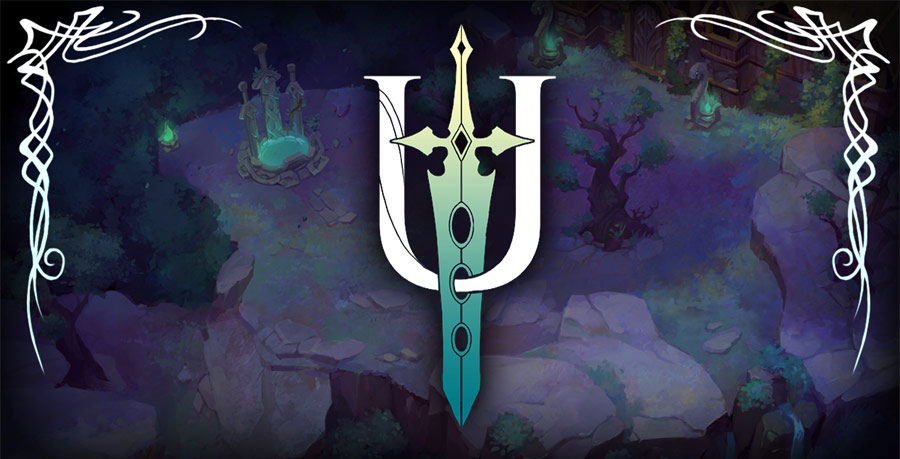
Hi backers,
This is Matt, and I want to let everyone know we're still working on a Twitch stream, but we've had a couple issues come up getting our Little Orbit Twitch page setup. That's still in the works, but I don't think we'll make it this month. Stay tuned.
But now I want to post our first developer blog.
This was written back in March, and we didn't get around to posting it. I still think it's great behind-the-scenes info into our process, so I'm posting it this month, and I hope to get another one of these up for May.
Thanks, Matt
03/15/2018
Dear backers,
Hello! This is Rowan Ryder from Torus, and I’m the game designer on Unsung Story. With me are Finn Teague-Moore and Andrew Hill, who are Unsung Story’s level designers. Today, we want to talk a bit about our level design process, and a little on what we’ve been working on for the past few weeks.
For this post, we want to talk a bit about our level design process, and a little on what we’ve been working on for the past few weeks.
Please note that none of the art in the following post is final. We’re still in an extremely early state of development.

We’re currently investigating how linear levels should be, as opposed to the arena-like maps of other tactics games.
Our Game Plan
We’re still dong some pre-production, which means the team is engaging in a whole lot of planning and documentation that will let us work more quickly and efficiently as we move forward. This can be a little bit frustrating for both fans and developers, as neither of us get to see the game come together as soon as we’d like, but it always makes for a better game in the long run.
Quite some time has been spent on working out the ideal size that our levels should be. Successful turn-based tactics games tend to keep their maps on the small side, as bigger levels often have a lot of unused space. In early testing we also found this to be the case, and have been slowly reducing our level size until it feels right. Of course, making the maps too small can be just as detrimental. It’s a tricky balance!

Again, it’s important to note that the artwork is 100% placeholder. You can see how different the two example levels are.
The grid system has been a fun challenge to work with and we’ve had to take a notably different approach to designing levels on a triangle grid (as opposed to a square grid). Right-angles, for example, do not flow naturally on the grid system that we're using, but they're such a common aspect of human architecture and we have to allow for them. This requires us to think outside the box (pun intended) in regards to how we design our levels.
All Over the (Bubble) Map
To that end, the level design team has been working on what’s known as “Bubble Maps”. These are small diagrams that outline the basic layout and flow of a level before anything is built in 3D. These are useful to quickly show the rest of the team what’s planned, so we can make revisions and spot problems before too much time is spent on building the actual level. Think of it as the rough first sketch of a painting, long before any actual paint is applied.

All Over the (Bubble) Map
Once the Bubble Map has been given the go-ahead, the level designers get to work on building what’s known as a “greybox”. This is the level without any art; just blocks that make up the shape of the level, so we can test the gameplay and make even more revisions before committing time to making it look beautiful. This is when we focus entirely on how the level feels to play; does it take too long to reach important areas? Is this chokepoint too easy to defend? How does the balance feel in general?
To a Fine Art
Once we’re happy with how the map plays, we can move on to adding the art. The level art will also be iterative, as we know there are certain elements that will turn up throughout most levels. Nature, walls, fences, etc. Our art team has begun planning how to get the more common assets into the level design pipeline.
All of these steps are typical when developing a game. The important outcome of this process is discovering the unique aspects of this project; in our case, that largely comes down to the grid. Once we have a good handle on what we should try to avoid and what we should capitalize on, we can move ahead much more quickly.
There’s still a long way to go before we’re ready to show off a level that’s close to final, but we hope you enjoyed this small glimpse at what we’ve been up to in recent days. Thank you so much for your support, and we look forward to sharing more from behind-the-scenes as we move forward!
Until next time, thanks for being along on our journey.
LATEST NEWS POSTS

Steam page, new Early Access trailer, and PC Steam keys!
Dec 14, 2020 | PC

Chapter 1 Alpha Available Now
Sep 18, 2020 | PC
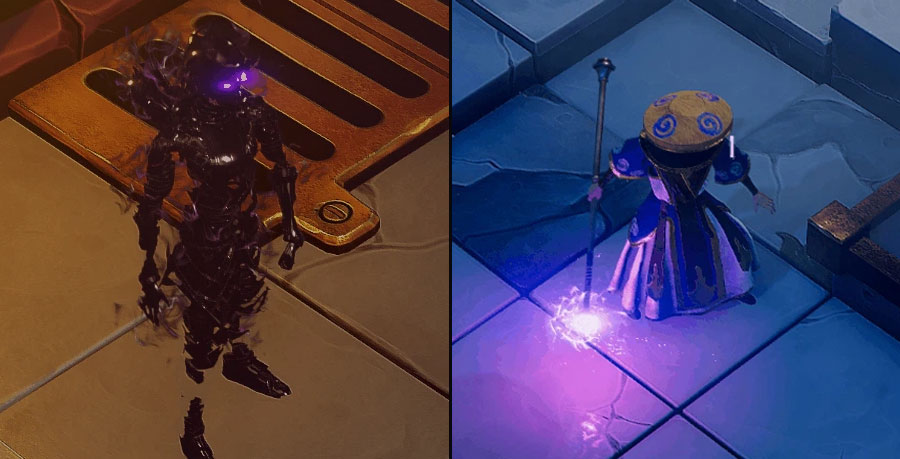
September 2020 Update - Chapter 1 Alpha roll out
Sep 1, 2020 | PC
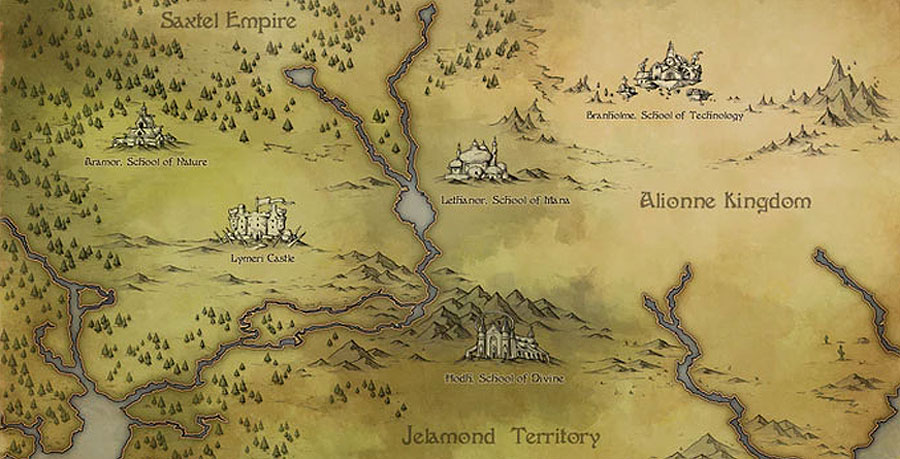
August 2020 Update
Aug 1, 2020 | PC
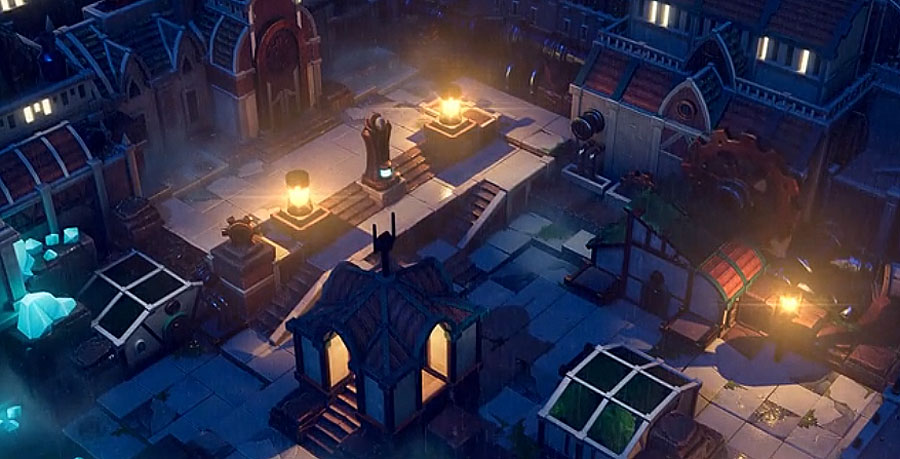
July 2020 Update
Jul 1, 2020 | PC

June 2020 Update
Jun 1, 2020 | PC

First Playable Livestream on June 1st
May 15, 2020 | PC

May 2020 Update
May 1, 2020 | PC
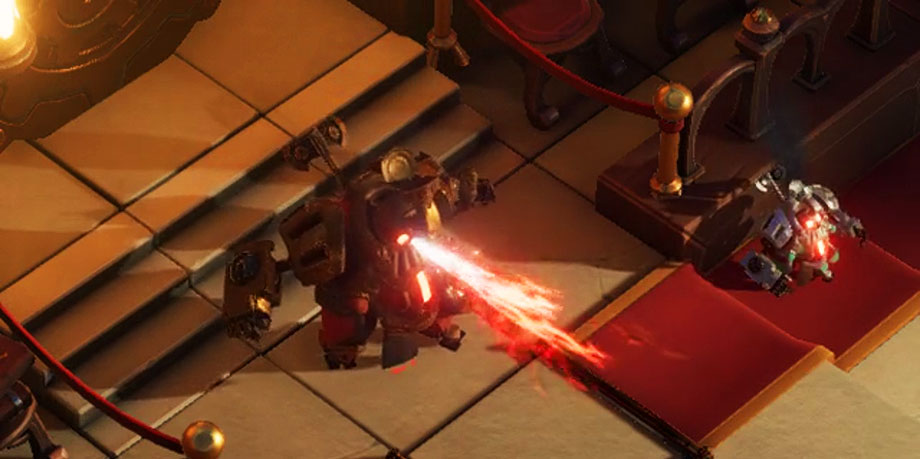
April 2020 Update
Apr 1, 2020 | PC

March 2020 Update
Mar 1, 2020 | PC

